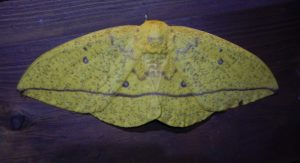It seems fitting that my topic presentation is tomorrow because today we saw so many great example of plant insect interactions that I plan to discuss in my presentation!
To start of the day, we set up pitfall traps around the forest to collect insects. We made one set of traps using our own pee as a source of Nitrogen to attract the bugs that are nutrient deficient. When Dr. Solomon first said we had to use our pee, I totally thought it was a joke, but no. We did in fact hide vials of our pee on trees and in the ground to observe how forest structure impacts nutrient limitation.
On this hike, I saw another blue morpho, which I was able to get a (blurry) picture of. In real life, the butterfly is big, metallic, and majestic, but in the photo is more of a blue blur.
Another cool thing we saw was lichen growing with visible sporophytes. These little adorable contraptions allow the lichen to reproduce by releasing spores for the gametophytes. I’ve read about this process, but it was so cool to actually see it!
After lunch, we went out on a hunt for a colonized and uncolonized cecropia tree, as well as 6 herbivore insect generalist for our next project. Me, Serenity, and Claire immediately caught to katydids in the station and then we set out to find the rest.
We found our first cecropia tree pretty quickly, and we cut it down. Immediately, the ants that live inside of it began to swarm, defending they home and source of food. This symbiotic relationship is covered in my presentation tomorrow, so it will be a cool call back. Additionally, next to this tree, was an Acacia tree that also started swarming with ants once we disturbed it. This is the first of a few Acacia trees that we have seen, which is so exciting because this is another classic relationship that I will cover in upcoming presentation. As we searched for the uncolonized tree, we found a bug fig tree, where we discussed the fig tree and fig wasp relationship, where the wasp eggs are placed in the fig and develop within the fig— yet ANOTHER classic relationship that I will talk about tomorrow. Studying these relationships up close is so cool after learning about them for so long.
Along our walk, we made many pitstops to try and catch some flighty insects. This was so fun for me. At this point, the weather was much nicer and we were essentially just wandering around trying to catch some useful bugs. We were trying to find two individuals in the same species of orthoptera, but instead we found and caught 4 different species of grasshoppers and one cricket. While this wasn’t what we wanted, it ended up working and it was a blast running around trying to catch them. I also caught a bunch of nymphs and adults of this red insect that we keep seeing hundreds of on all of our paths. I thought at first we could use them in our experiment, but I soon saw that they have haustellate mouths instead of mandibulate, which would be more ideal for our experiment. While we couldn’t definitively ID them, We think they were true bugs. I kept collecting them because I thought they were cool. I thought they were even cooler when they started fighting hunger games style, with the larger ones sucking the bug juices of the smaller ones. We kept them in a jar to see who is the final winner tomorrow.
In addition to these bugs, I saw another Dirce beauty on the road, and I got a good picture and came so close to catching it! I don’t think butterfly catching is particularly my strong suite, but I still have hope. Maybe tomorrow will be the day.









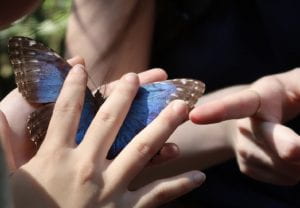


 Unidentified diurnal moth.
Unidentified diurnal moth.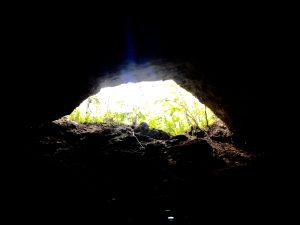 View from the inside of the cave.
View from the inside of the cave.

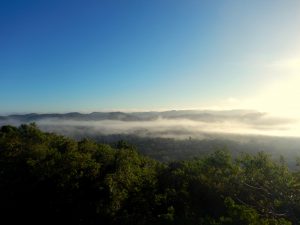 View from the top of Bird Tower.
View from the top of Bird Tower.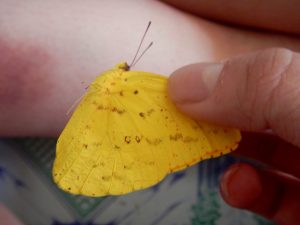
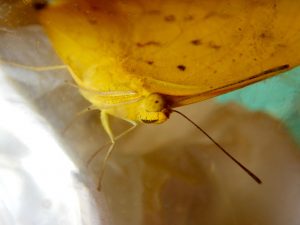
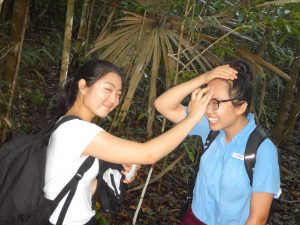 I got bitten by a mosquito right in the middle of my forehead as I was excavating the nest. Here’s Elena helping me put Cortisone on the largest bump in the history of ever.
I got bitten by a mosquito right in the middle of my forehead as I was excavating the nest. Here’s Elena helping me put Cortisone on the largest bump in the history of ever.

 Swallowtail butterfly
Swallowtail butterfly Many-banded daggerwing
Many-banded daggerwing !!!!!!
!!!!!!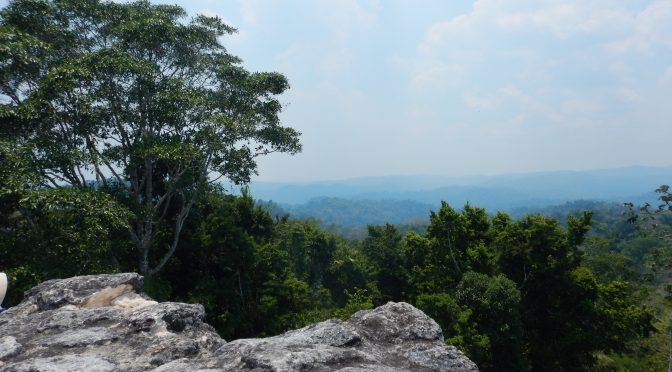
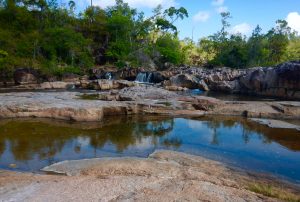 Rio On Pools!
Rio On Pools!

